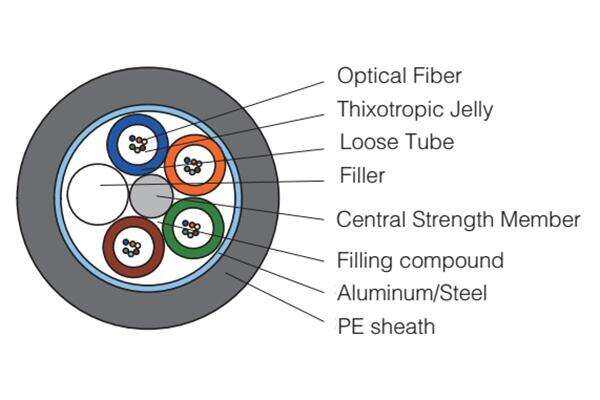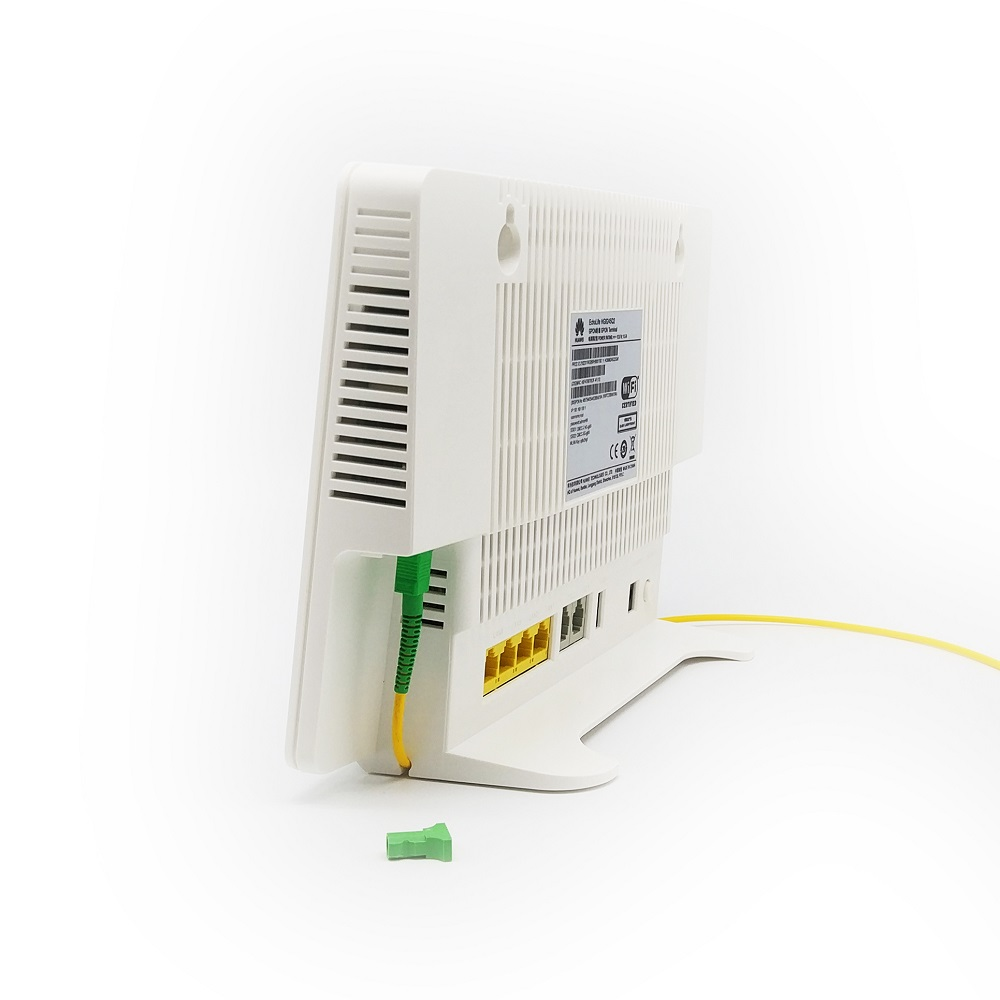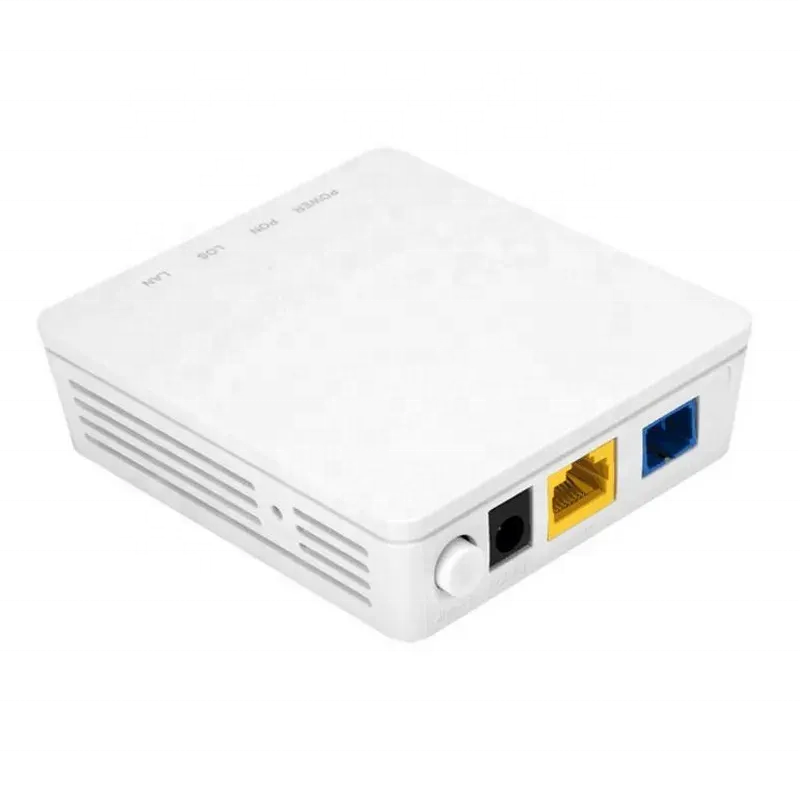ftth kabel typ
FTTH (Fiber to the Home)-kabel representerar en modern optisk fiber teknik som levererar höghastighetsinternet och telekommunikationstjänster direkt till bostäder. Denna avancerade kabeltyp består av flera skyddslager runt ett kärntråd av glas eller plastfiber, var och en kapabel att överföra data via ljussignaler. Kabelns struktur inkluderar vanligtvis en central kärna, kladdning, puffermantel, styrkanlemningar och en yttre jacka, alla samverkande för att säkerställa optimal signalöverföring och fysiskt skydd. FTTH-kablar är utformade för att stödja bandbredder på upp till flera gigabit per sekund, vilket gör dem idealiska för moderna digitala krav. Dessa kablar presterar väl vid långdistansöverföring, med minimal signalförlust och motstånd mot elektromagnetiskt störning. Deras hållbarhet och pålitlighet gör dem till en föredragen val för telekommunikationsleverantörer som implementerar sista milen-lösningar. Tekniken stöder olika tjänster, inklusive höghastighetsinternet, HD-videostreaming, Röst över IP (VoIP) och andra bandbreddsintensiva program. Medan den digitala transformationen fortsätter att accelerera har FTTH-kablar blivit grundläggande infrastrukturelement i smarta städer, bostadsområden och affärssamhällen, och ger baskapacitet för framtidsbevisade anslutningslösningar.


